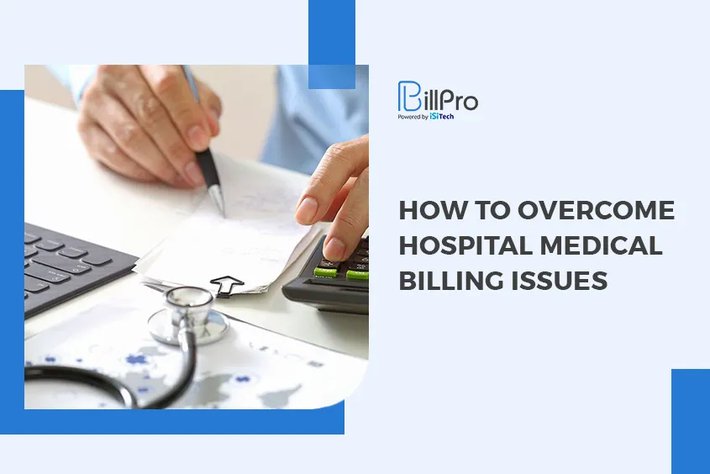80% of all medical bills contain errors. Yes, you read that correctly. Before you decide that submitting a clean medical bill is a hopeless cause, it’s important to understand where errors come from, what they might mean, and how to overcome them and prevent them in the future. Billing at hospitals is extremely complex—especially since medical billers could be creating claims from an out-of-house office. This would mean that the billers are receiving appointment information that they had nothing to do, and assuming that all of the patient and appointment data is written correctly. If you’ve ever played the game “telephone” before, you can already see how the outcome could be incorrect. Below you’ll find some of the most common medical billing errors that occur with hospital billing, and what can be done to fix the problem.
Coding Isn’t Specific Enough for Billing
There are over 70,000 ICD-10 codes in the latest version of the International Classification of Diseases, which means there’s a lot of room for mistakes. Altering just one number in a coding sequence could change the entire procedure, which in turn will change the amount the patient is charged. This can become cause for a rejected or denied claim. To prevent this, each diagnosis should be coded to the highest level possible. This way, coders can ensure there aren’t any mix ups as far as interpreting the proper code goes.
Missing Claim Information
If a claim is missing any information at all, that’s an automatic cause for denial. While this is a frustrating fact, it can be avoided by carefully looking over claims before they’re submitted. Some of the most common missing fields include date of procedure, date of medical emergency, and date of onset. If you’re going to leave a field blank to return to later, it’s important to make a note to revisit the claim before submitting to avoid a denial.
The Claim Isn’t Filed Within the Appropriate Time Frame

Claim timeframes may differ depending on who the payer is, so it’s important to stay informed and make sure you understand a claim’s due date. For instance, if you’re dealing with Medicare, claims can be filed no later than 12 months after the date the service was performed. If a claim isn’t filed within this time frame, Medicare isn’t able to pay the claim, which means the responsibility then falls on the patient’s shoulders.
Incorrect Patient Information
The best way to avoid this error is by verifying patient information at the start of an appointment. It’s important for front-end staff to confirm that a patient’s name is correct and spelled properly, in addition to confirming their date of birth and sex.
Upcoding and Undercoding
These two errors can get a medical practice in a lot of trouble. While they can happen unintentionally, upcoding and undercoding are usually purposely done in order to either get more money from a payer/patient or to help a patient pay less for an expensive procedure. Upcoding is the process of submitting a code for a more expensive procedure in order to try to make more money, while undercoding is the opposite—leaving a medical billing code off for a less expensive procedure to save a patient money. In either case, whether an accident or not, your practice is likely going to face some repercussions if found guilty of either of these practices.
Duplicate Claims
This error is exactly what it sounds like, and it’s cause for denial. Duplicate claims are ones that were billed on the same date for the same patient and service. Since there’s no way of telling if there was or wasn’t a mistake on the claim, the charge will be denied and the provider will likely be able to resubmit for approval.
Mismatched Diagnosis and Treatment Codes

If the diagnosis and treatment codes don’t logically match, the payer will deny the claim. For instance, if you’re diagnosed with the stomach flu, you wouldn’t be treated for an ear infection. These errors are usually easy to spot and can be resubmitted with the correct code for approval.
Incorrect Telemedicine Codes
The rise of telehealth has done a lot of good for the healthcare industry. It’s afforded those who can’t easily access transportation the opportunity to receive care from home, and it’s made it possible for people to social distance during a global pandemic. However, telehealth has also created a bit more difficulty for medical billers. If a service was performed via telecommunications, billers have to include the GT modifier to indicate that the appointment was virtual, in addition to the CPT codes. As practices continue to offer more virtual services, this problem will likely dwindle, since it will become common practice to include the modifier.
Ditch NY Medicaid Billing Errors for Good With BillPro
When it comes time to avoid medical billing errors, investing in reliable software is the number one way to see more clean claims. BillPro specializes in NY Medicaid billing software for transportation providers. So, if that’s your thing, we’d love to get in touch and schedule a demo with you. Send our experts a request to get started!

 5/5 (1 vote)
5/5 (1 vote)
 325 views
325 views




